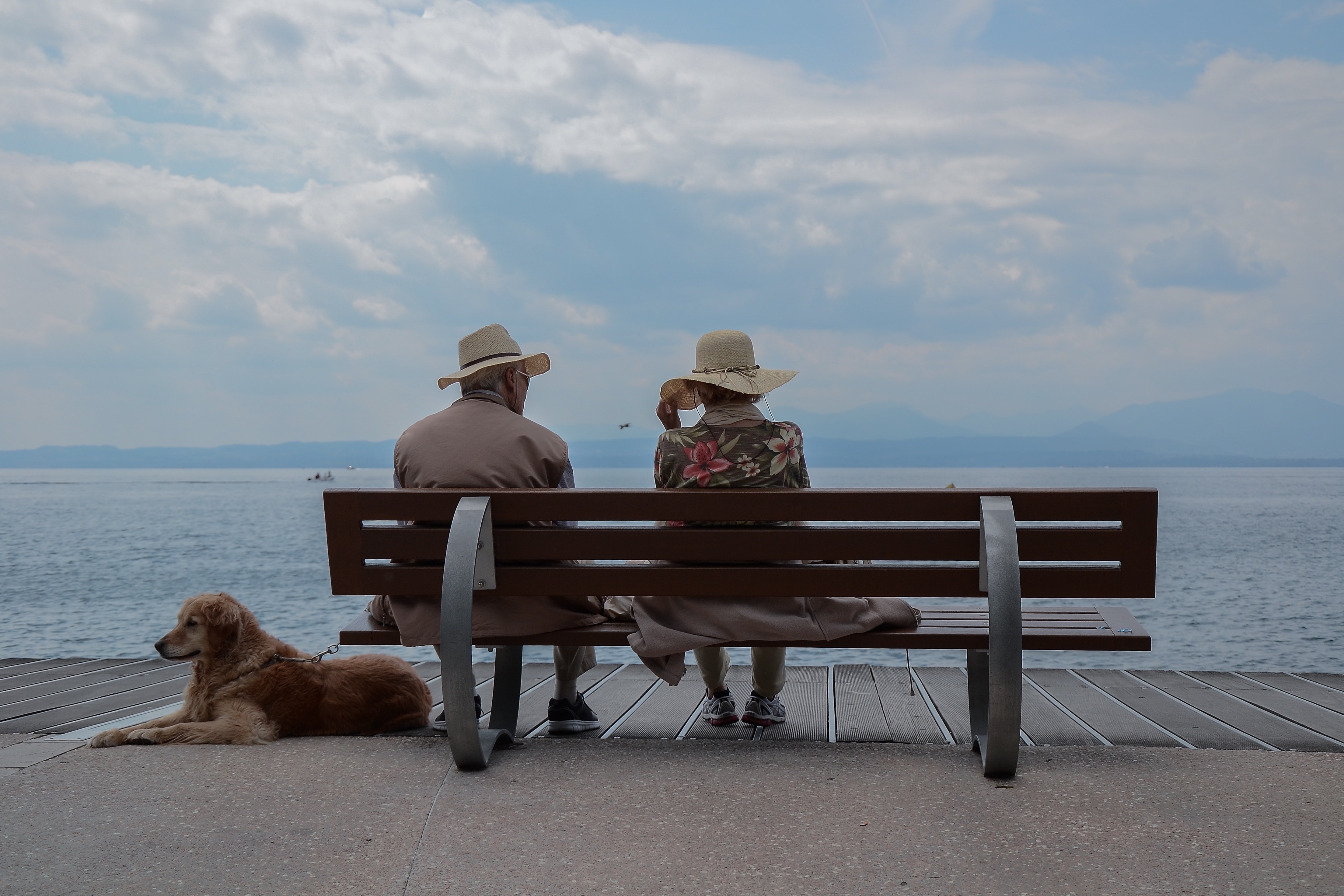It is no secret that an active lifestyle can greatly benefit older adults, specifically those 65 and up. For example, walking activity has been found to be related to better health, while the World Health Organization stresses the importance of daily activities like household chores, games, and transportation. What you might not know, however, is that beneficial physical activity and mental wellbeing in older adults is thought to be encouraged by pleasurable and enjoyable activities. Positive emotions and participation in pleasurable activities have been associated with better sleep, enhanced physiological function, general health, environmental mastery, and resilience to change in older adults.
Previous studies have examined the relationship between contexts, positive affect, and physical activity for older adults, but this study implemented experience sampling and accelerometers to investigate:
- How daily activities are related to physical activity
- How daily activities are related to pleasure
- How daily activities influence the relationship between physical activity and pleasure
To assess daily activities, the category was segmented into two types: basic activities of daily living and leisure activities. Basic activities of daily living included self-care, eating, household chores, and commuting. Leisure activities encompassed any activity that an individual was not obliged to do.
Ten community-dwelling older adults, aged 65-83, were recruited from the Netherlands for this study. Data was collected through experience sampling methods and the use of accelerometers. For approximately 30 days, they wore a hip-worn accelerometer that assessed physical activity. Participants also responded to mobile surveys on a smartphone every 1-2 hours concerning current activity, location, companionship, and pleasure. After calculating the amount of physical activity performed during an activity and assessing the data with multilevel regression analysis, the researchers found the following results:
- Basic activities of daily living, activities performed outdoors, and activities performed alone required relatively more physical activity than leisure activities, activities performed indoors, and social activities
- “Social activities are more pleasurable than activities performed alone”
- “Outdoor activities are more pleasurable than activities performed at home”
- “Leisure activities are more pleasurable than basic activities of daily living”
- More physical activity during leisure activities resulted in more pleasure
- More physical activity during basic activities of daily living resulted in less pleasure
Although the study was based on a small sample size, the results suggest that daily activities and their respective contexts influence physical activity, pleasure, and the relationship between physical activity and pleasure. This also suggests that physical activity in older adults could be promoted by recommending pleasurable activities with other people outside of the home.
If you want to learn more about research, check out the full article.
Cabrita, M., Lousberg, R., Tabak, M., Hermens, H. J., & Vollenbroek-Hutten, M. M. (2017).
European Review of Aging and Physical Activity, 14(1), 1.
If you’re interested in conducting your own experience sampling study, try the LifeData system!
